Couchman on the Significance Assessment of the Historical Collection
CAM is unique amongst Victorian regional galleries in having both a nationally significant art collection and local social history collection under one roof. With support from the National Library of Australia, CAM commissioned eminent historian and museum professional, Dr Sophie Couchman to undertake a Significance Assessment of its Historical Collection, housed and exhibited in the Museum.
Here, Dr Couchman casts an overview of the social history collection, providing a window into her scholarly and extensive assessment of its significance. CAM commends this excellent report, which you can also read in full at the link below.
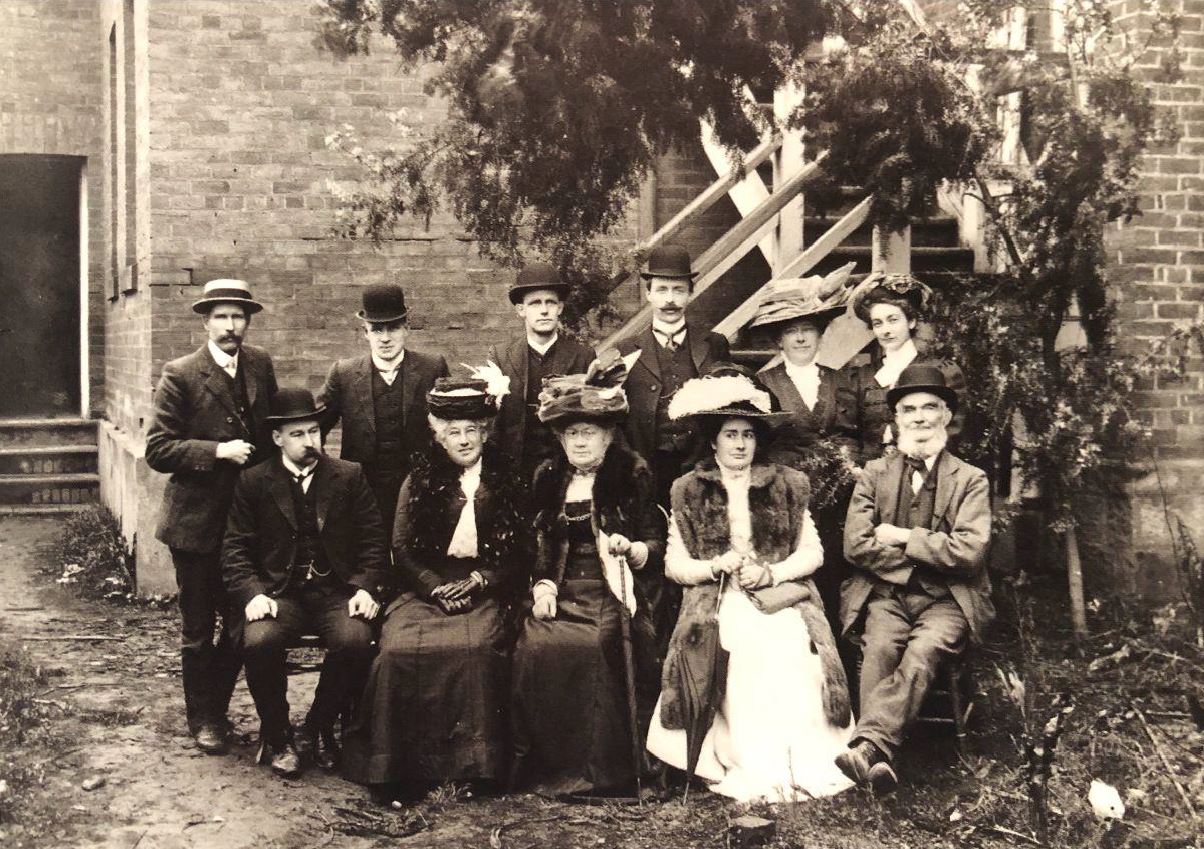
Sophie Couchman on the Significance Assessment of the Historical Collection
Since the Castlemaine Art Museum (CAM) was founded in 1913 its Historical Collection has played second fiddle to its more prominent Art Collection. It is nevertheless a rare surviving Edwardian-era local museum collection of high historical significance, and the primary collecting institution of three-dimensional objects in the Castlemaine area.
The establishment of CAM and its collections pre-dates those of most local historical societies and museums by about half a century. Its eclectic mix of First Nations, natural history, decorative arts and historical photographs, documents and objects, largely reflect earlier Victorian collecting practices, but what was collected, and by whom, provides insights into how local history, place and material culture was understood in the Edwardian period. Thanks to the foresight and efforts of Anna Mary Winifred Brotherton (1874-1956) our understanding of the collection acquired during the early years of CAM is strong and greatly enhances its significance.
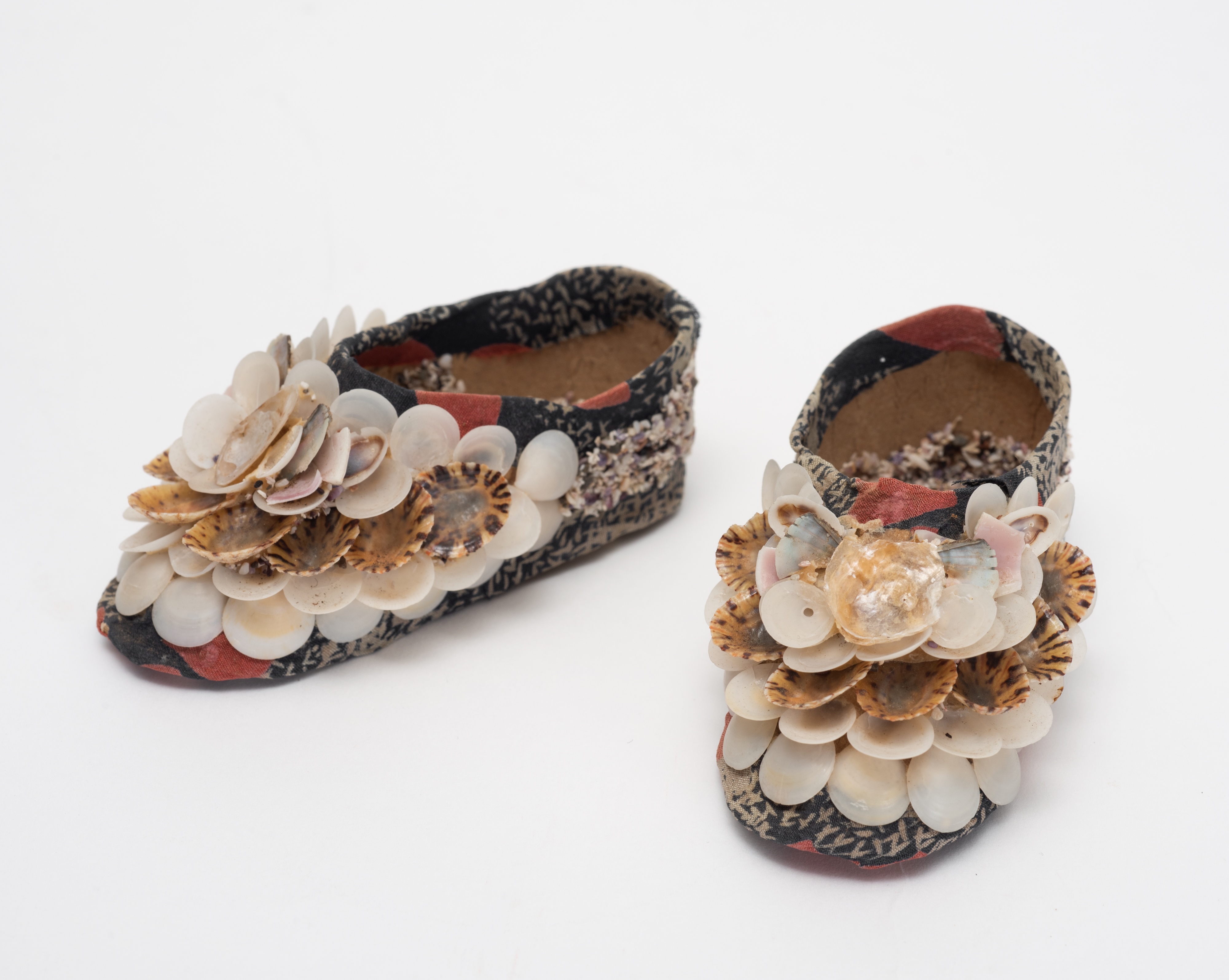
While not a large collection, it contains many representative items that capture the history of the Mount Alexander area, particularly early British and European settlement during the goldrush era. The Mount Alexander goldfields hold a central place in Australia’s goldrush history and CAM’s collection helps us to understand the area’s settlement/colonisation and its civic and industrial development during the nineteenth century, particularly the activities of its middle-class residents. The social and familial networks formed by early donors and stakeholders in the collection provides a rich insight into this class.
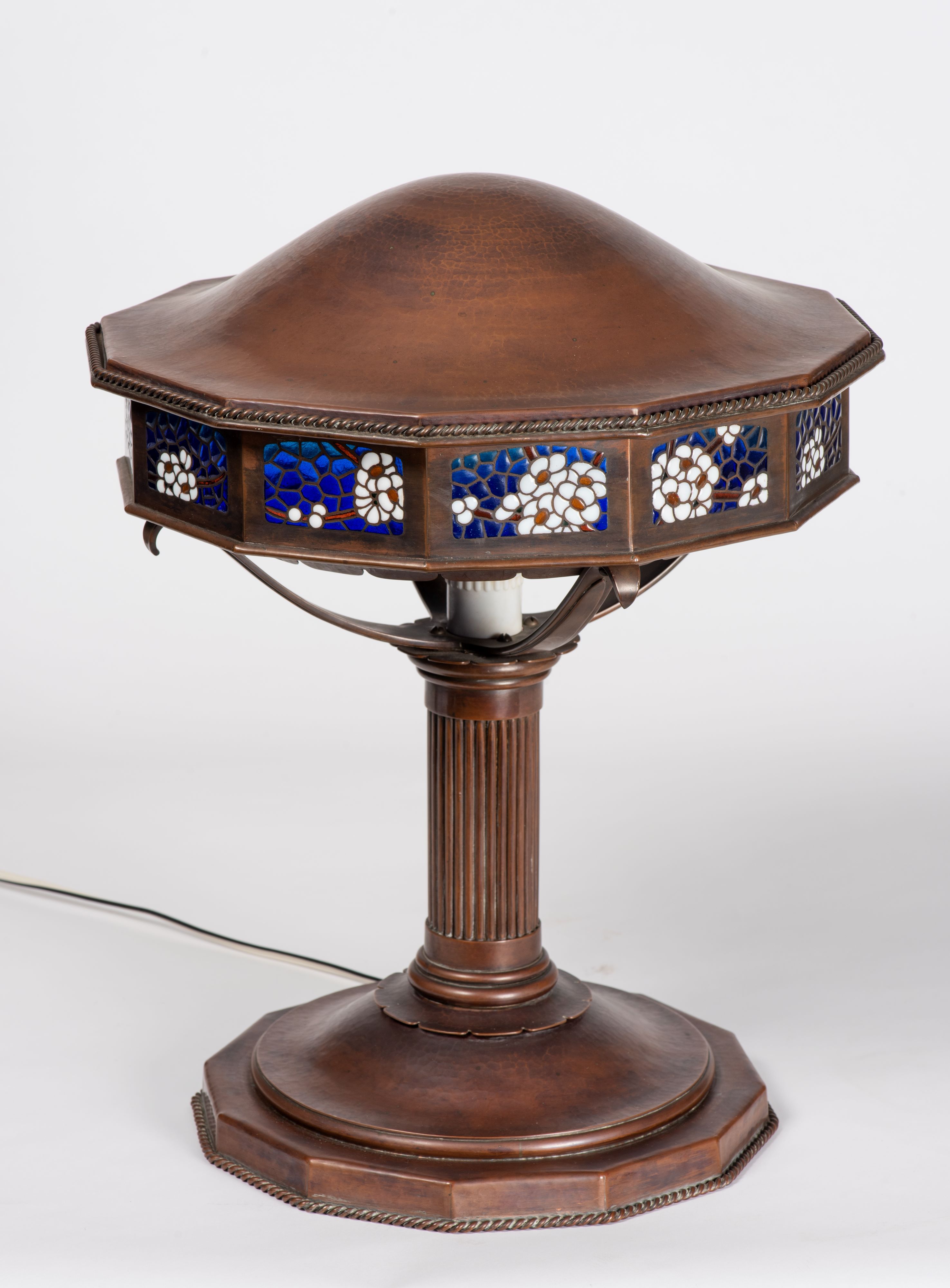
The Mount Alexander region’s history is revealed through rare copies of early ambrotype and daguerreotype photographs, rare maps and plans and well-provenanced collections of documents, ephemera, dress and decorative arts of former residents. There is a diverse collection of items related to work, leisure and community building and the lives and activities of women are particularly well represented in the Collection and as a whole are of high historical significance.
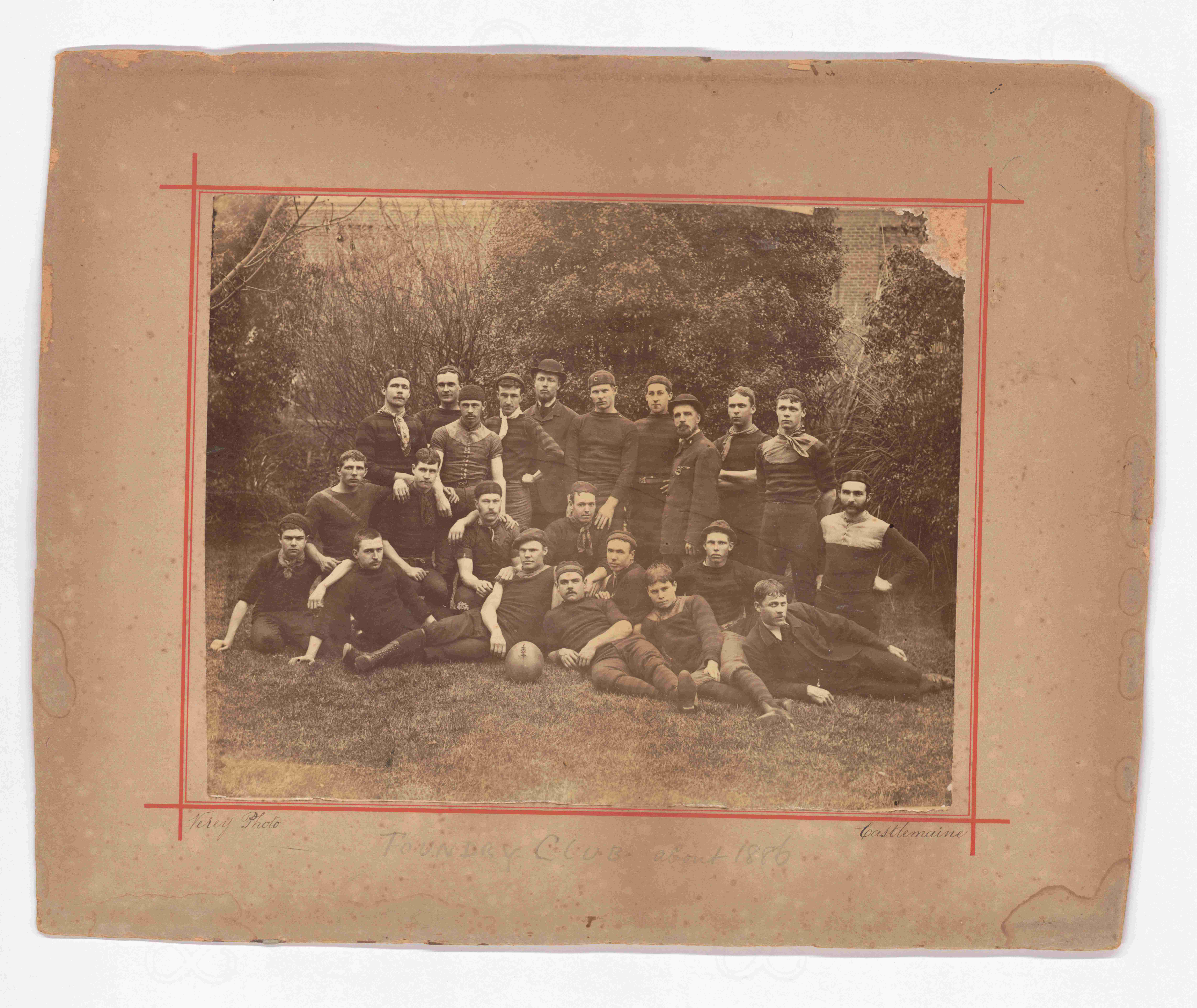
The Collection contains rare documents related to the administration of the goldfields, and highly significant items related to Castlemaine’s nineteenth century Chinese communities. There are many items of high artistic or aesthetic significance. The Collection offers valuable resources for learning about the lives of middle-class Australians living in rural centres, particularly women’s lives and the Victorian practice of collecting.
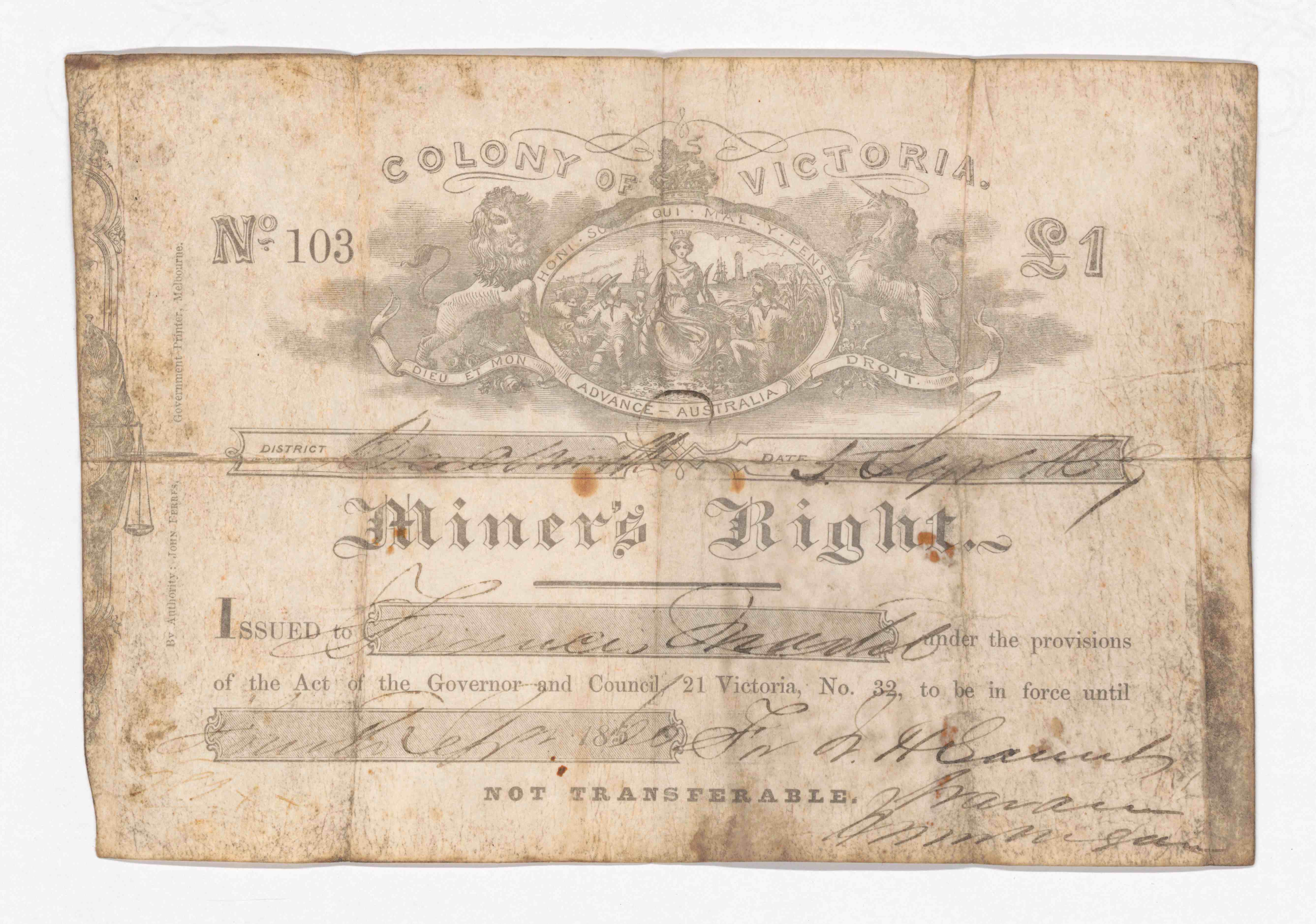
There are exciting opportunities to explore how the values and ethics of collecting have shaped CAM’s Historical Collection and how these have changed over time. Reconnecting and repatriating objects related to Aboriginal and Torres Strait Islanders and other First Nations Peoples offers on opportunity to introduce new voices into its Collections and revitalise how it collects and uses its Collection.
There are also many opportunities for the Collection to be used to engage with CAM’s vision to bring ‘art and objects from the past and present into multi-layered conversations; creating a dynamic platform for new voices, community connections, reflections and ideas’.
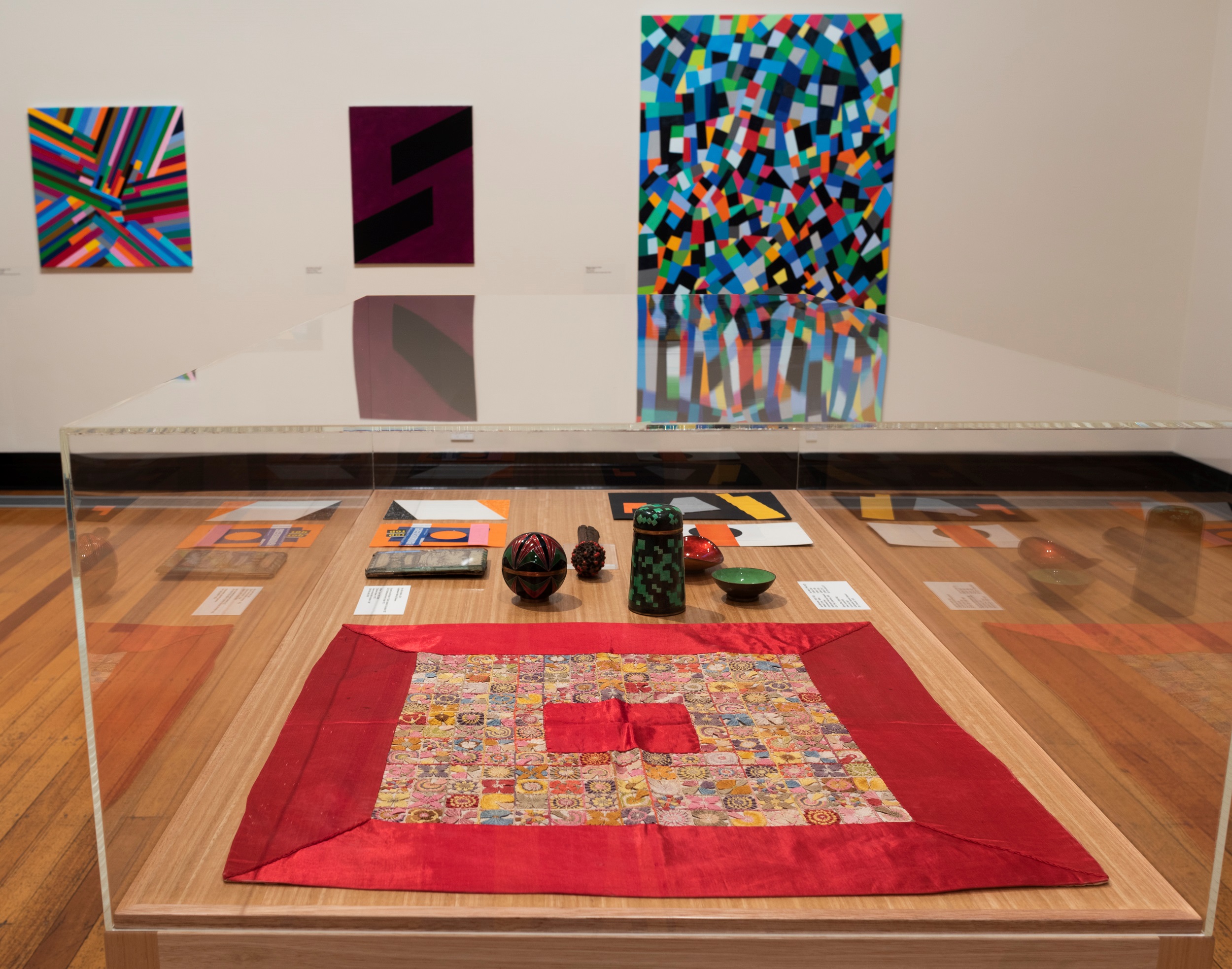
Finally, it is also valuable to view CAM and its Art and Historical collections as an integral and essential part of Castlemaine’s surviving ecosystem of diverse historical and artistic collecting institutions – its library, historical society, pioneer and old residents’ association, house museum (Buda) and arts festival. Brought together, these organisations provide a vital insight into the development the artistic and intellectual communities in the Mount Alexander region today and how they came to be.